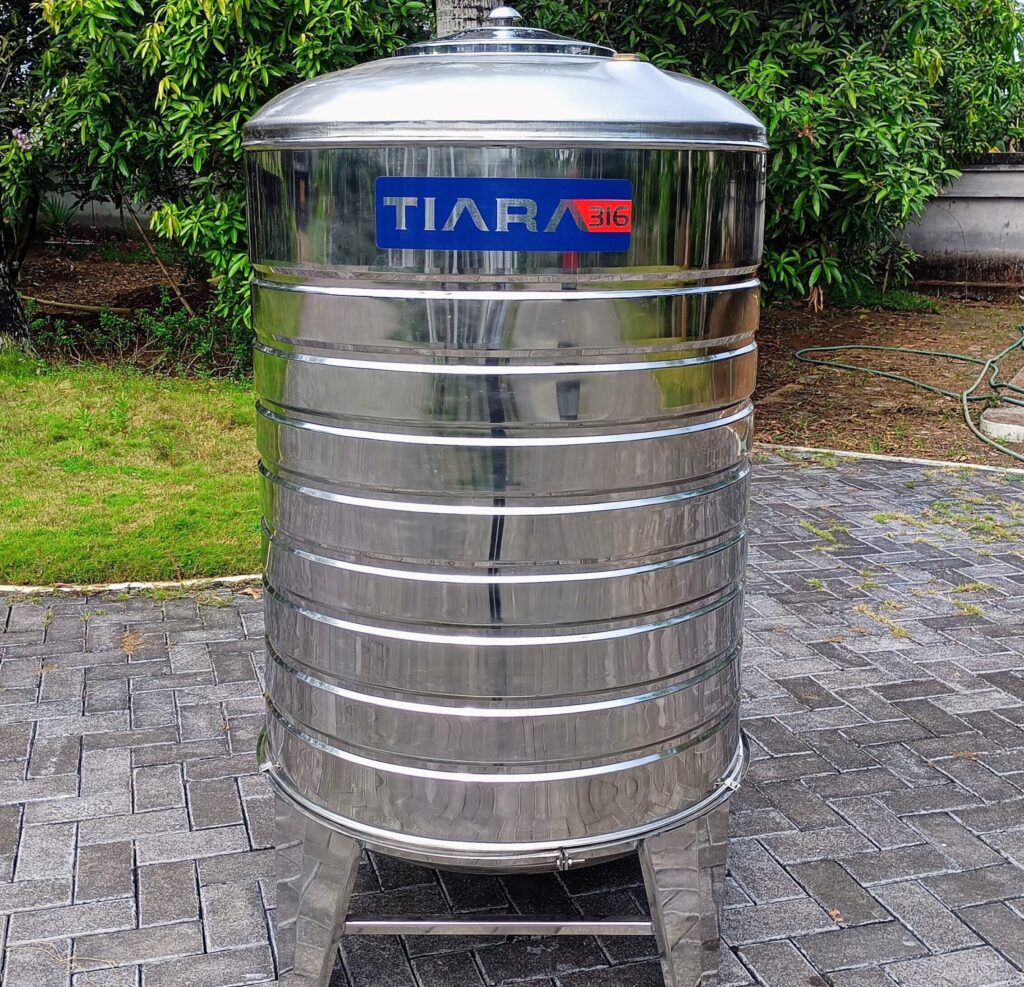
Water storage is a critical component of sustainable living, and the materials we choose for this purpose can significantly impact the environment. Stainless steel water tanks have emerged as a popular choice for many households and industries, thanks to their durability and eco-friendliness. This article explores the environmental benefits of using stainless steel water tanks and their role in promoting sustainable water management practices.
Longevity and Durability
One of the most significant environmental benefits of stainless steel water tanks is their longevity. Unlike plastic or concrete tanks, stainless steel is resistant to corrosion and degradation, allowing these tanks to last for decades with minimal maintenance. This durability reduces the need for frequent replacements, which in turn lowers the demand for new materials and energy required for production. By investing in a long-lasting solution, consumers can significantly decrease their environmental footprint.
Recyclability
Stainless steel is one of the most recyclable materials available. At the end of their lifespan, stainless steel tanks can be easily recycled into new products, thereby minimizing waste and conserving natural resources. This closed-loop system ensures that the materials used in manufacturing are not lost but re-enter the supply chain, further promoting sustainability. Choosing stainless steel water tanks helps to foster a culture of recycling and resource conservation.
Energy Efficiency
The production of stainless steel has become increasingly energy-efficient due to advancements in manufacturing processes. These improvements reduce the carbon footprint associated with the extraction, processing, and transportation of materials. Furthermore, stainless steel water tanks can contribute to energy efficiency in water heating systems. They maintain water temperatures more effectively than many other materials, which can lead to lower energy consumption for heating water.
Chemical Resistance
Stainless steel is inherently resistant to many chemicals, including those found in water treatment processes. Unlike plastic tanks, which can leach harmful chemicals into the water, stainless steel maintains water quality and safety. This resistance not only protects the integrity of stored water but also reduces the need for chemical treatments, thus minimizing potential environmental harm.
Reduced Risk of Contamination
The smooth surface of stainless steel tanks makes them less prone to algae growth and bacterial contamination. This quality helps ensure that the stored water remains clean and safe for use. By reducing the reliance on chemical cleaners or treatments to maintain water quality, stainless steel tanks contribute to lower chemical runoff and pollution in the surrounding environment.
Support for Sustainable Practices
Using stainless steel water tanks aligns with the principles of sustainable living. Many manufacturers are now committed to environmentally responsible production methods, using renewable energy sources and sustainable practices in their operations. By choosing stainless steel, consumers are often supporting companies that prioritize sustainability, further amplifying the positive environmental impact.
Conclusion
Stainless steel water tanks offer numerous environmental benefits that make them an excellent choice for both residential and commercial water storage. Their durability, recyclability, energy efficiency, and chemical resistance contribute to a more sustainable approach to water management. As awareness of environmental issues grows, opting for stainless steel tanks represents a proactive step toward reducing one’s ecological footprint and promoting a healthier planet. By investing in sustainable materials, individuals and businesses can play a crucial role in fostering a more eco-friendly future.


